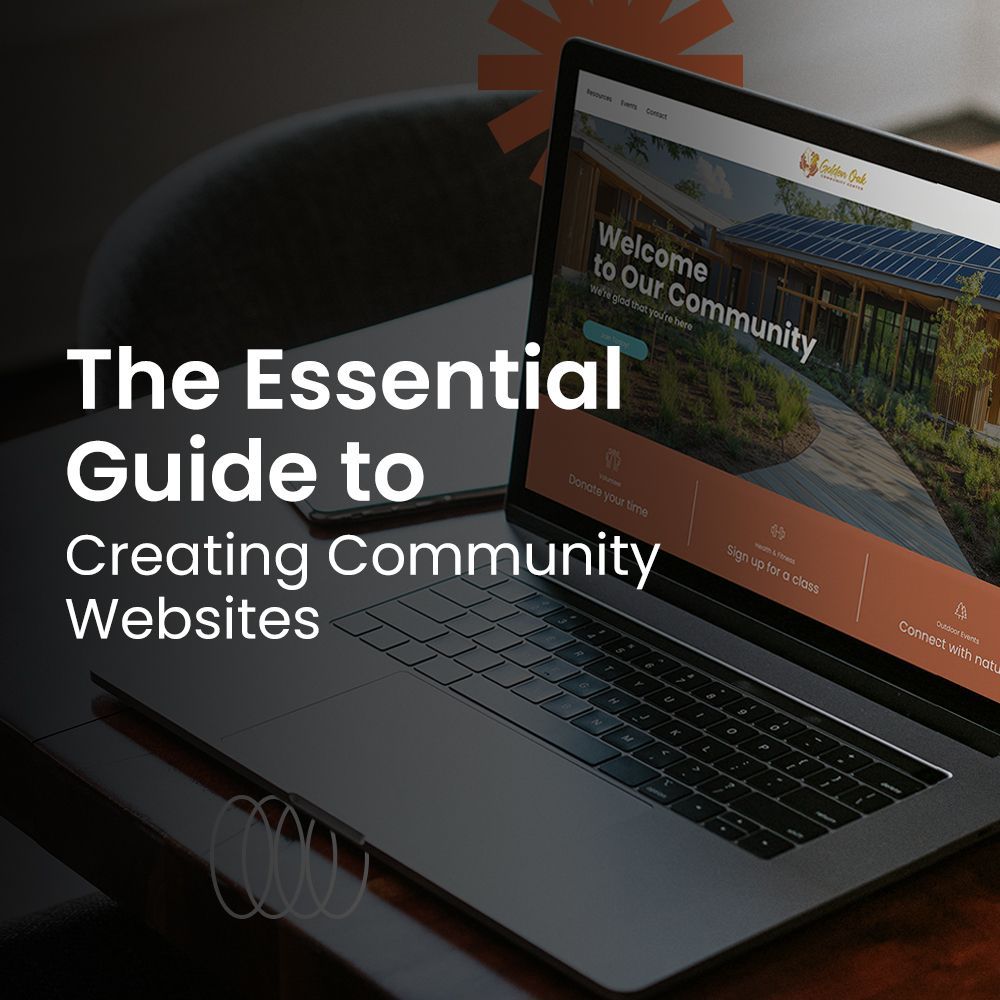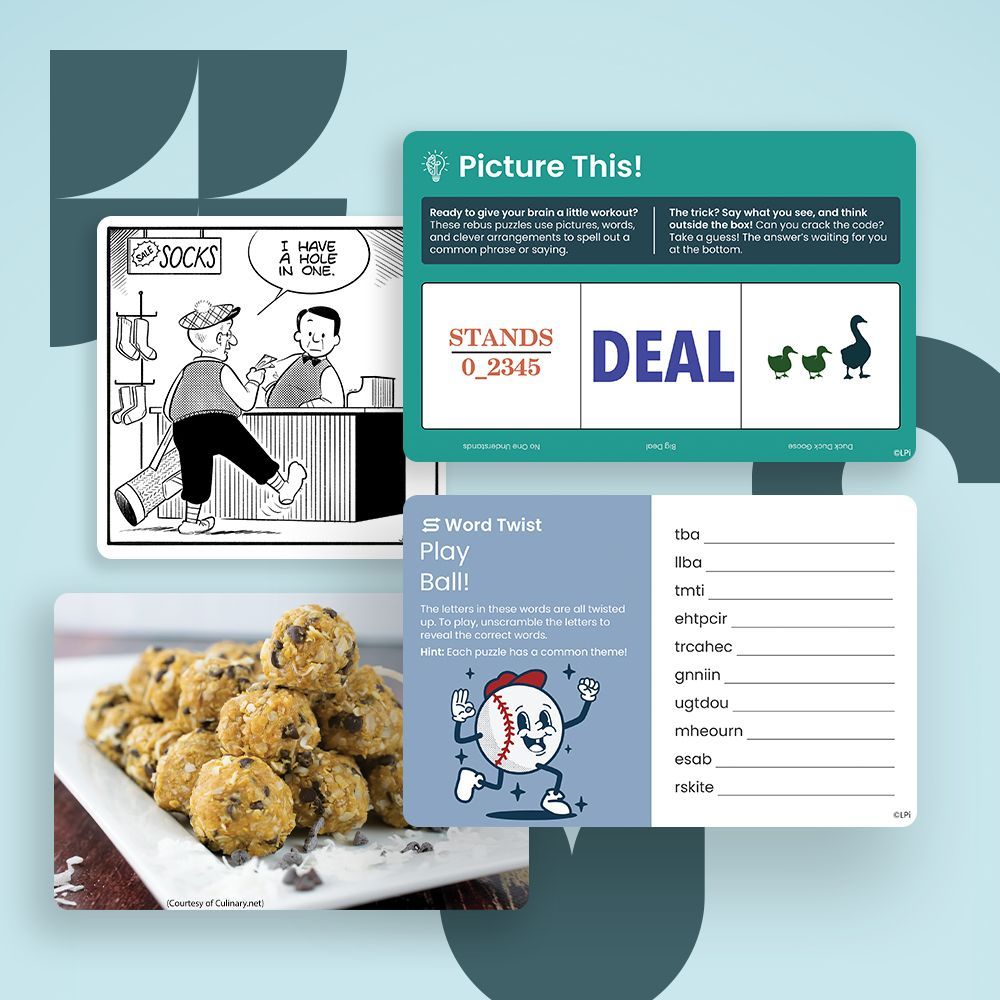The Free Beginner’s Guide to Creating the Best Brand for Your Organization

For years, our design team at LPi has collaborated with organizations across the country, spanning many different missions, to create meaningful branding that reflects who they are and what they stand for. From simple logo refreshes to complete visual identities, we’ve seen firsthand how strong and consistent branding increases trust, boosts recognition and visibility, and brings people together around a shared purpose. Whether you're starting from scratch or updating well-worn materials, this guide will enable even those newest to the concept to build a brand that truly represents your community.
In This Guide:
Feel free to read on or jump to:
- The True Definition of Branding and Why Your Organization Must Have a Brand
- How Branding Builds Trust
- The Point of a Logo in Branding and How to Know if Yours Needs an Update
- Logo Design Best Practices
- The Importance of a Brand Book
The True Definition of Branding and Why Your Organization Must Have a Brand
Your organization’s brand is the story that you tell others about who you are, what you stand for, and how you serve. It is expressed through the colors you use, the fonts you choose, the language you speak, and the visuals you share, such as your logo and other graphics and images. Together, all these elements shape how your organization is perceived and understood. The goal of a great brand is to help your community quickly recognize and relate to you, thus wanting to connect further.
Your brand is the cornerstone for your organization’s many communication efforts. A carefully and professionally designed brand will go a long way toward building trust for your organization — for your members and for the greater community! It sets an intentional tone for every interaction you have, whether it be your website, merchandise and swag, newsletter, social media, signage, stationery, and more!
Organizations without a coherent brand immediately communicate to the public that they aren’t professional. In fact, a lack of intentional branding across your organization’s communications can subconsciously tell people that you are untrustworthy and disorganized. Let’s make sure you don’t fall into that category by learning the mechanisms of why good branding helps build trust in your organization.
How Branding Builds Trust
It may not seem obvious at first, but your overall visual identity carries real weight in whether or not people trust your organization. Your thoughtful, consistent brand design will reassure members, attract newcomers, and foster a sense of belonging. Here’s a deeper dive into how branding builds trust:
1. It makes your organization recognizable.
When your logo and overall branding are used consistently across communications, they become a familiar and trustworthy signal to your community. That recognition builds comfort and confidence and helps people know they’re in the right place. People will then begin to connect your brand with reliability and purpose.
2. It communicates professionalism.
A polished brand shows that your organization is intentional, professional, and dependable. Just like how a well-organized event or a welcoming space inspires trust, a cohesive brand design communicates: “We’re established, we’re prepared, and you can count on us!”
3. It reflects your mission and values.
Your visual identity should mirror who you are and what you stand for. Branding gives your mission a visible form that deepens your community’s connection to you.
4. It creates consistency that feels reassuring.
When colors, fonts, and styles shift dramatically from one piece of communication to the next, it causes confusion. Consistent branding, on the other hand, signals clarity and follow-through. It reassures people, even subconsciously, that your organization is trustworthy and reliable.
The Point of a Logo in Branding and How to Know if Yours Needs an Update
It’s true that, often, your logo might be the first thing a person sees when it comes to your organization. This is exactly why it must be designed to intentionally shape first impressions. This being said, remember that your logo is only one piece of your bigger branding picture. Think of a logo as the symbol that represents your identity at a glance. While your full brand includes colors, fonts, messaging, tone, and design style, your logo is designed to be a piece of visual shorthand that ties everything together.
A strong logo doesn’t need to tell your whole story, but it does need to spark recognition and work for you to continue to build trust every time it is encountered.
Indications your logo needs a redesign:
- It looks and feels outdated.
- The design doesn’t align with your current mission, values, or audience.
- People don’t easily recognize it — or worse, people mistake it for another group’s logo.
- It’s challenging to read or loses clarity when scaled down for things like your business cards or viewing your website on mobile screens.
- When it’s printed, it looks blurry or pixelated.
- It doesn’t translate well into black and white.
- When polled, members or supporters don’t rate it very highly.
If any of these points describe your logo, don’t worry! It’s common for organizations to update their logos and even their branding every so often. Making sure your brand evolves with you as your organization grows is, again, another way to foster trust in your community. Sometimes all you need is a little refresh or a little “fix-me-up” to stay relevant and fresh!
If you’re ready to update your logo, our design team is ready to assist! From the first conversation to the final files, we partner with organizations just like yours to create purpose-driven designs that showcase your organization’s mission and story. No matter where you are in your branding journey, we’ll help you find your style!
Logo Design Best Practices
Since your logo tends to be one of the most visible parts of your brand, it’s important to get your design right the first time. A strong logo should be simple, memorable, and true to your mission. As outlined in depth in our article “Logo Mistakes Your Nonprofit Won’t Want to Make,” here are a few common mistakes to avoid:
Overcomplicating the design. Trying to include too many shapes, symbols, or details makes your logo hard to read and harder to remember. A clean, focused design has a greater chance of impacting your audience.
Using outdated clipart. Generic, stock-style graphics will make your organization look unprofessional and unknowledgeable. Custom, professionally designed logos better reflect your unique story.
Choosing hard-to-read fonts. Stick to one or two clear and evergreen (timeless) fonts. Ornate fonts or incorporating multiple font styles into your logo can quickly become confusing and difficult to read when your logo is scaled to smaller sizes.
Adding too many colors. While color is a powerful visual tool,
using too many colors in your logo can overwhelm viewers, not to mention raise printing costs. Limit yourself to two or three complementary colors.
Forgetting scalability. Your logo should look sharp everywhere — from a business card to banners. Designs with too many tiny details lose impact when scaled down, and logos that aren’t designed with scaling in mind can appear blurry when enlarged.
Ignoring your mission. Logos disconnected from your purpose miss their main goal: to build recognition, communicate meaning, and connect people to your organization. Choose elements that reflect your values and the community you serve.
By avoiding these pitfalls, your logo will become a trusted symbol that represents your organization for years to come!
The Importance of a Brand Book
Once you’ve made your brand decisions and have landed on the best fonts, colors, tone, and logo, the next challenge will be to stay consistent with these choices across your organization’s communications. Trust in a brand can break down if some staff members are using your brand as intended, and while others aren’t.
For example, if your program director regularly changes the colors or fonts that accompany your logo on all their program materials, it will break down your brand consistency and affect the impression of your organization.
Things like resizing the logo to look a little squished or flattened, changing agreed-upon fonts and colors, and using a tone of voice that is inconsistent with the brand in written communications can all affect your organization negatively.
One of the main benefits of having a professional brand is that it makes your organization look organized and, well, professional. If your organization starts using its brand in a haphazard way, all your hard work building positive, trustworthy impressions starts to seep down the drain. That’s the opposite of what you want your brand to do!
To keep everyone on the same page and your brand consistent across all of your communications, a brand book is the solution!
A brand book is typically a PDF that outlines the rules of your brand, how to use it properly, and provides examples of what not to do when branding a communication. It’s where you can find all of your brand information collected into one place. Brand books also include recommendations on how to properly use your brand and can be used to train your staff and volunteers. It is also a super useful tool when working with partnering organizations for reference if your brand is appearing on outside communications. Brand books save everyone the time and energy of trying to remember “what font exactly?” and “is this the right color?” Everything about your brand is kept in your brand book!
Whether you design your brand yourself or work with a professional team like ours at LPi, a brand book is an essential part of the package. For a great example of what a brand book should look like, check out the one we made for the Golden Oak Community Center. This will give you a good idea of what to expect for your own organization’s brand book if you work with LPi for your branding.
---
Redesigning your organization’s brand can feel like a big task, but you don’t have to tackle it on your own. With LPi, you’ll have an experienced team by your side from the first conversation to the final design. Our goal is always to ensure your brand reflects your mission, values, and the community you serve. Whether you’re making a small change to your current branding or building an entirely new identity for your organization, we’re here to help you share your story!
Want to learn more? Download our branding and logo brochure. We’d love the opportunity to bring your community’s vision to life.




